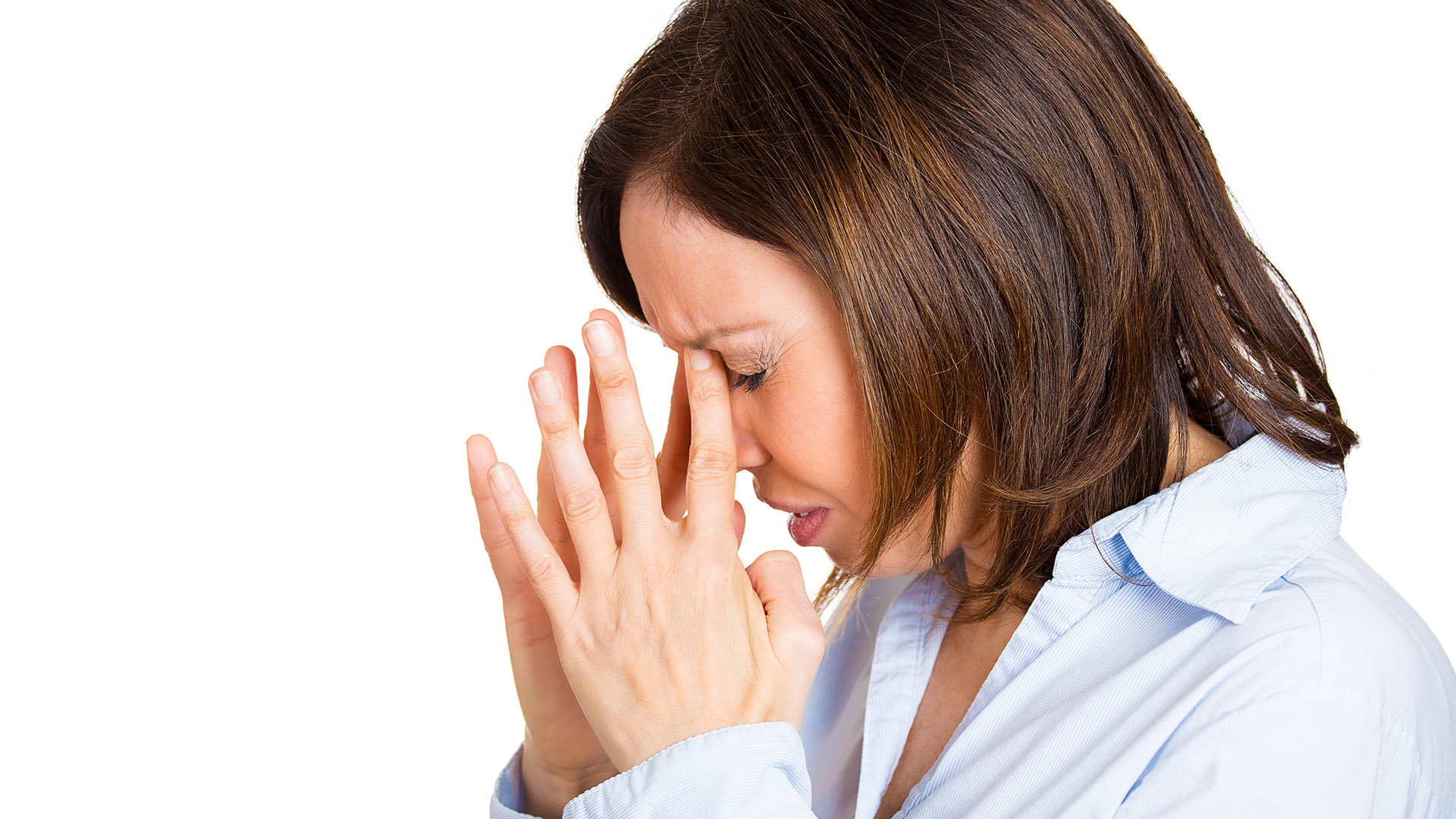Help Me! I’m in Menopause!
Menopause is defined when a woman has not had a menstrual period in 1 year. The average age for the menopause is 51, and it is a normal part of life - it is a milestone, just like puberty. It is not a disease or a condition. Even though it is the time of the woman's last period, symptoms may begin many years earlier. Some women may experience symptoms for months or years afterwards.
Peri-menopause is typically the 3 to 5 year period before the menopause when a woman's estrogen levels begin to drop.
Symptoms of Perimenopause:
Irregular periods
This is usually the first symptom; menstrual pattern changes. Some women may experience a period every two to three weeks, while others will not have one for months at a time.
Lower fertility
During the peri-menopausal stage of a woman's life, her estrogen levels will drop significantly, lowering her chances of becoming pregnant.
Vaginal dryness
This may be accompanied by vaginal itching, burning or painful intercourse. It may even develop years after the onset of menopause.
Urinary problems
This may present as recurrent urinary tract infections, urinary urgency/frequency, or incontinence.
Other symptoms include:
- Hot flashes/Night sweats
- Disturbed sleep
- Moodiness
- Problems focusing and learning
- Hair loss
- Loss of breast size
Treatments for menopause or peri-menopause
Only about 10% of women seek medical advice during the menopause. Many women require no treatment. However, if symptoms are affecting the woman's daily life she should see her doctor. The kind of treatment the patient should have depends on her symptoms, her medical history, as well as her own preferences.
Available treatments include:
1) Herbal Remedies: Soy, Black Cohosh, Relizen:
These are non-estrogen compounds that while have not been specifically FDA-approved for the treatment of peri-menopausal symptoms, research studies suggest an improvement in symptoms with minimal side-effects.
2) Paroxetine (Brisdelle)
This is the only non-hormonal FDA approved treatment for peri-menopausal symptoms.
3) Hormone replacement therapy (HRT)
This is considered to be the most effective treatment to treat the above symptoms. Hormone therapy can be received by a simple patch on the skin that releases estrogen and progestin. In addition to treating many troublesome menopausal symptoms, HRT also helps to prevent osteoporosis, and lowers colorectal cancer risk. While most formulations of HRT are safe, some may raise the risk of breast, ovarian or uterine cancer . It may additionally raise the risk of coronary heart disease, stroke, and memory loss.
Women whose symptoms are adversely affecting their quality of life should contact their physician to discuss her best option, as many women are needlessly scared away from that option due to misunderstandings about the actual risks associated with it."
4) Low-dose antidepressants
Effexor, Prozac, Paxil, Celexa, Zoloft
5) Omega 3s
Omega 3s may ease psychological distress and depressive symptoms often suffered by menopausal and peri-menopausal women.
6) Gabapentin (Neurontin)
This is effective in treating hot flashes. It is commonly used for treating seizures.
7) Clonidine (Catapres)
This can be taken either orally as a pill or placed on the skin as a patch. It is effective in treating hot flashes. The drug is commonly used for treating high blood pressure. However, unpleasant side-effects are common.
8) Vaginal estrogen
Vaginal estrogen may be applied locally using a tablet, ring or cream. This medication effectively treats vaginal dryness, discomfort during intercourse, as well as some urinary problems. A small amount of estrogen is released and absorbed by the vaginal tissue.
9) Exercise
10) Hypnosis and Accupuncture may prove effective for the treatment of hot flashes
Researchers reported in the journal Menopause, in October 2012, that hypnosis can reduce the symptoms of menopausal hot flashes by up to 74%.


